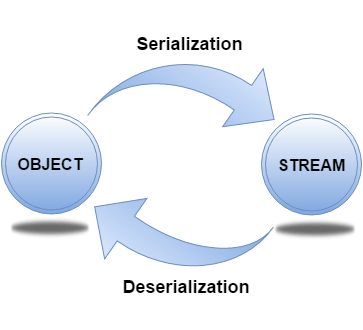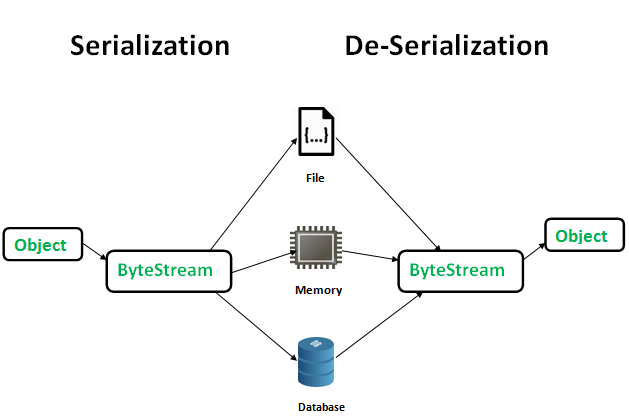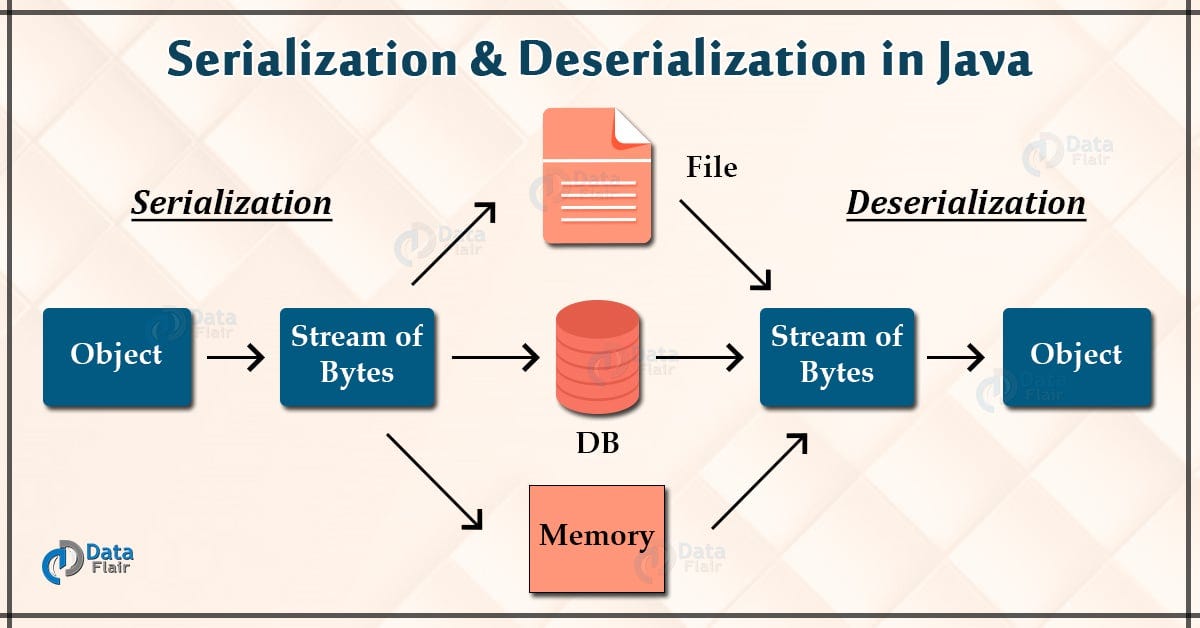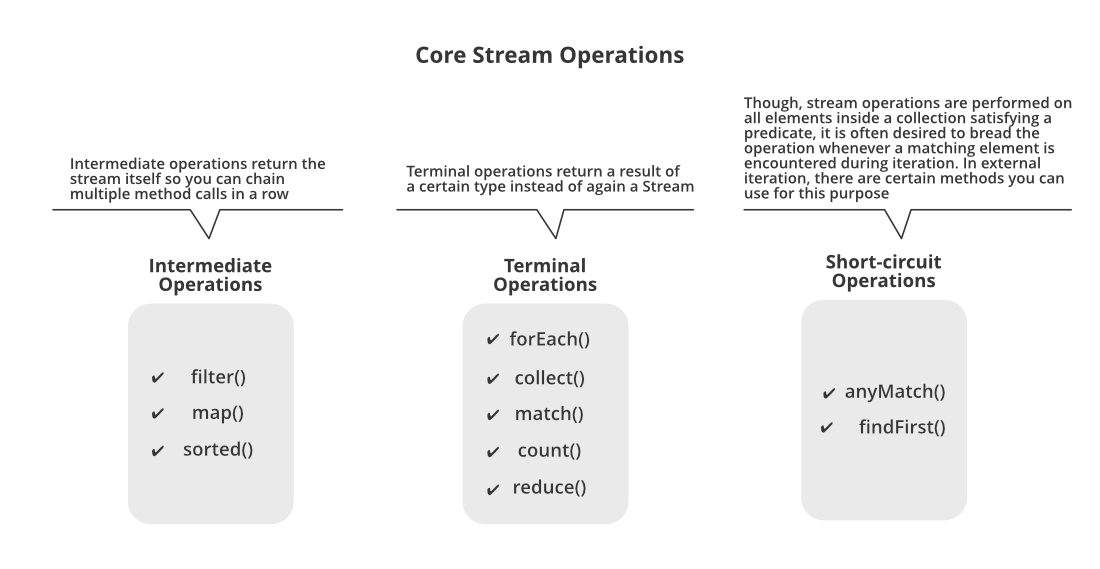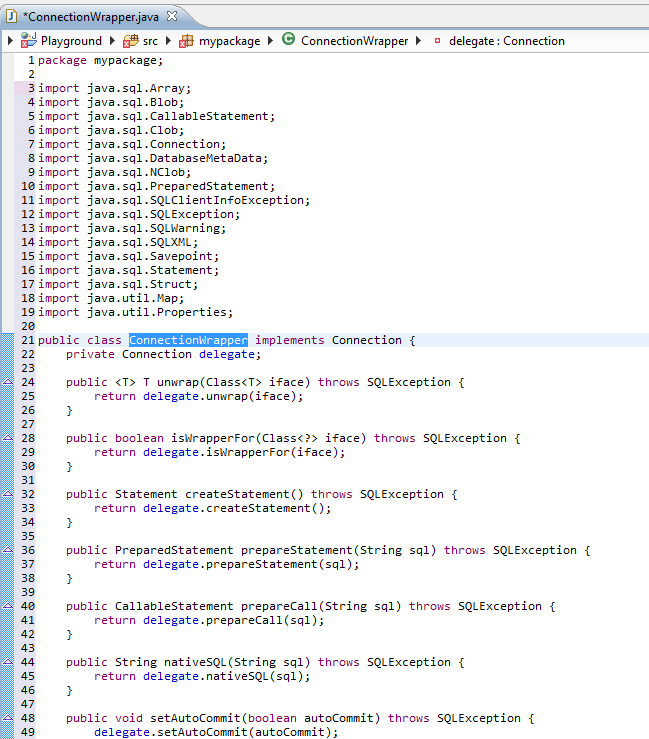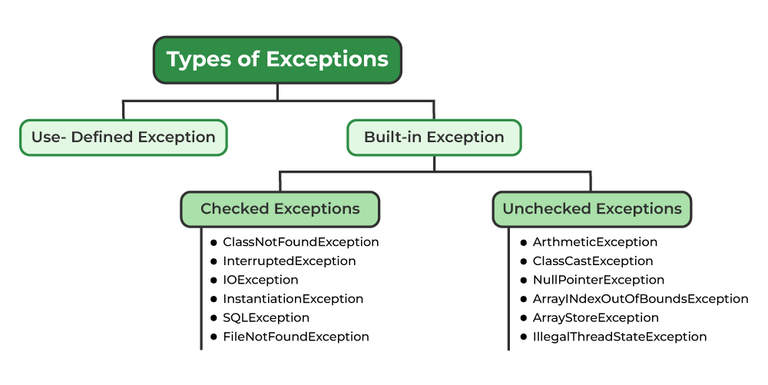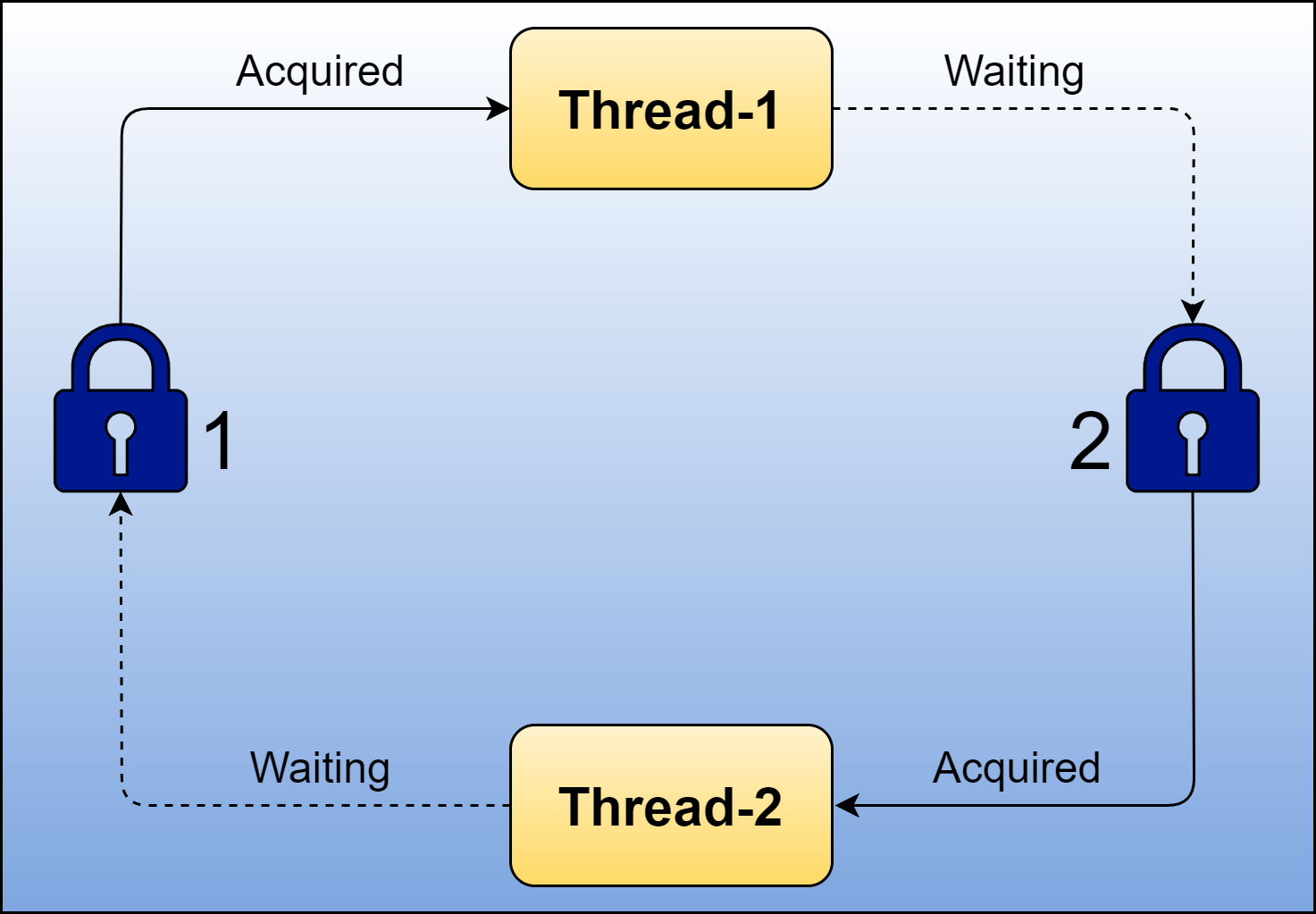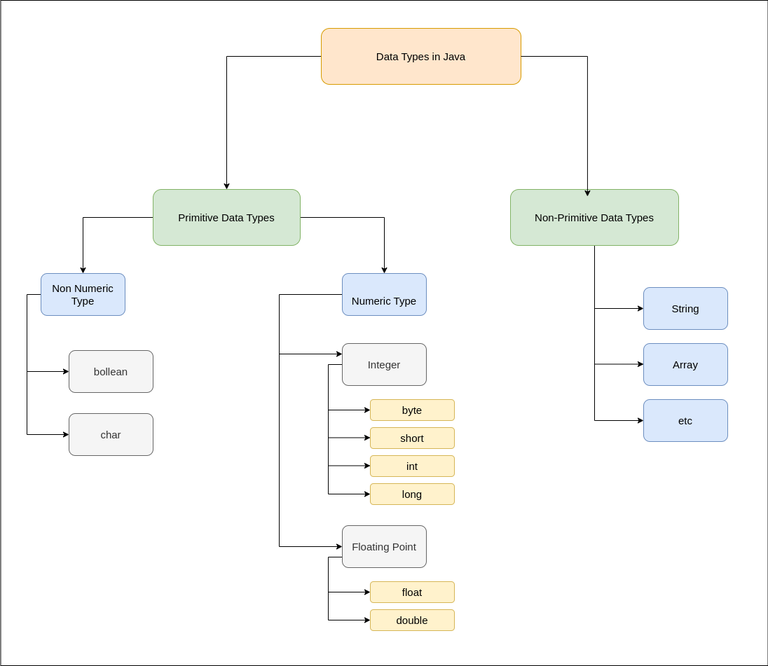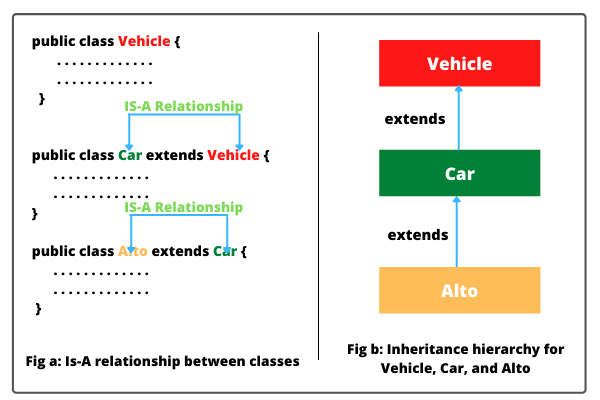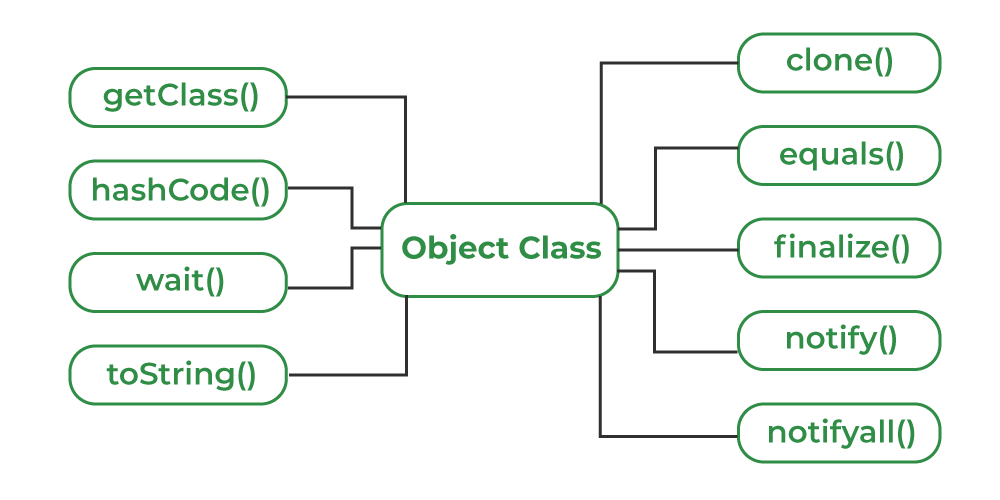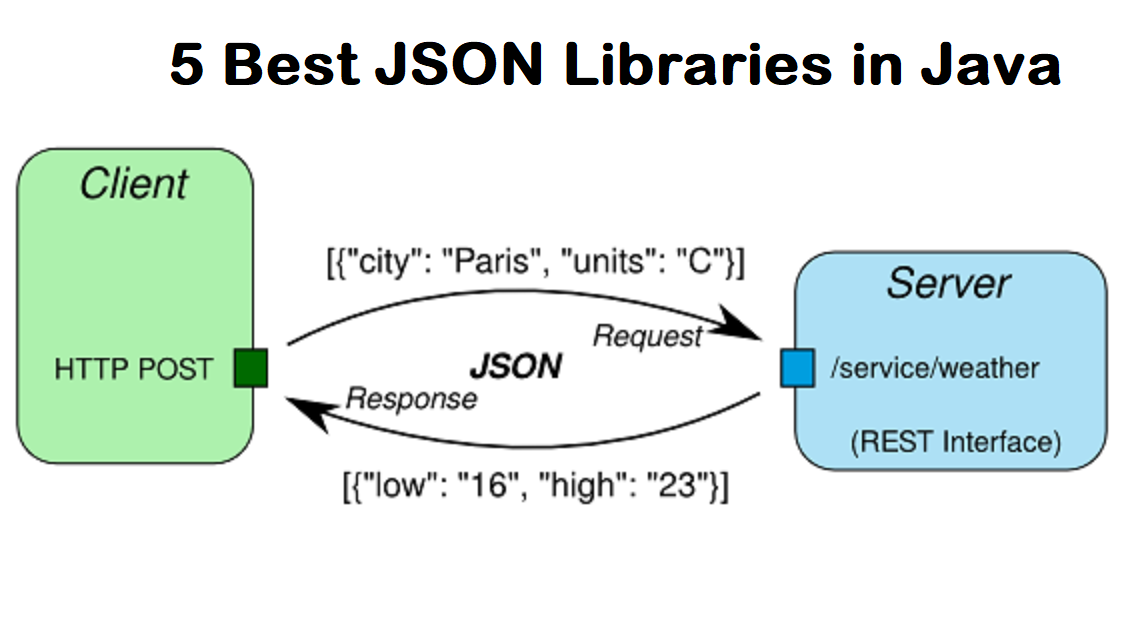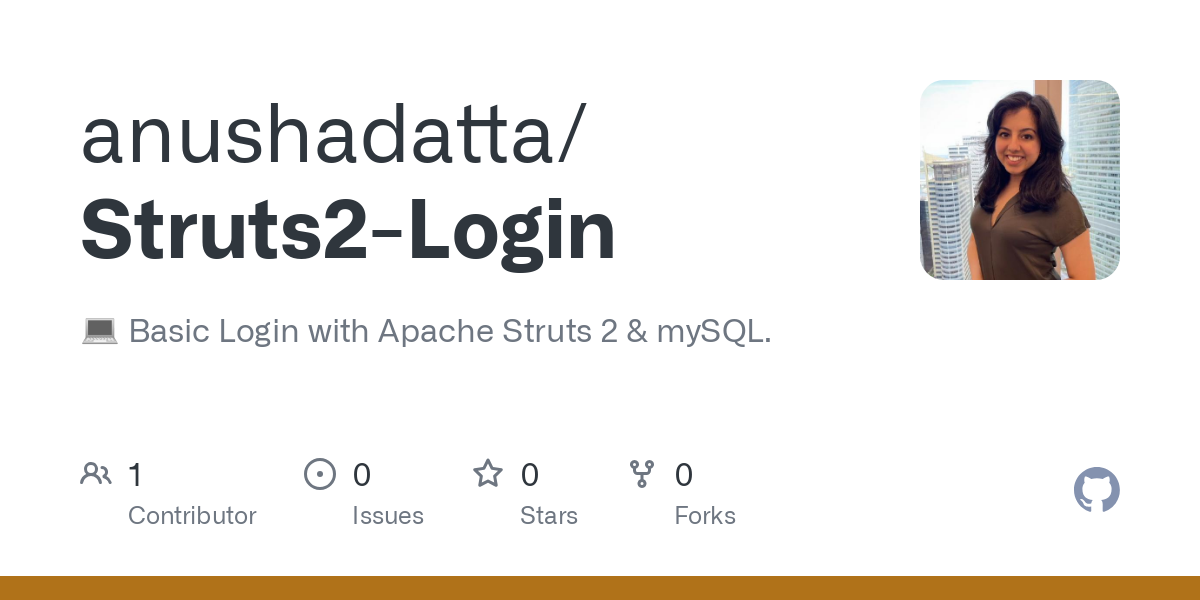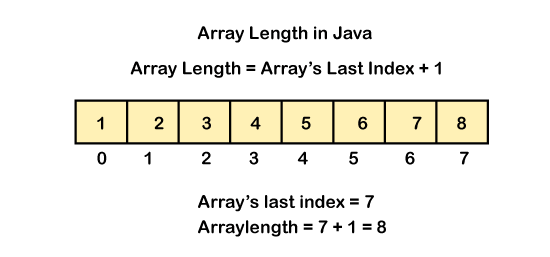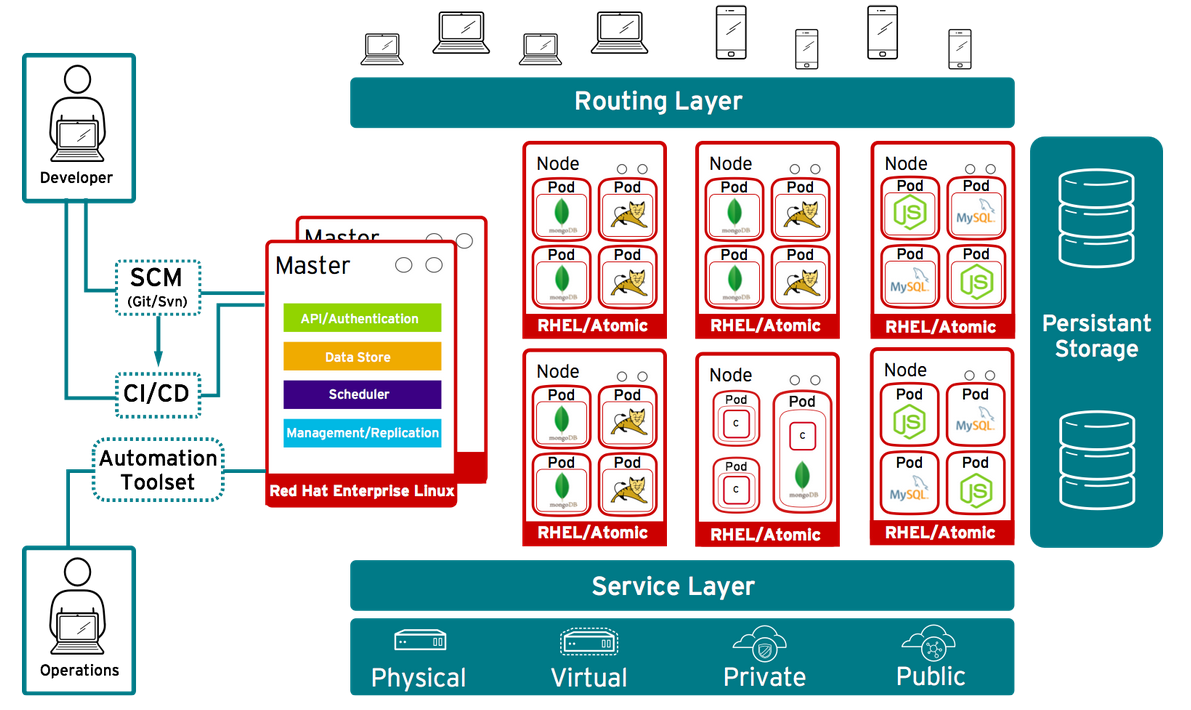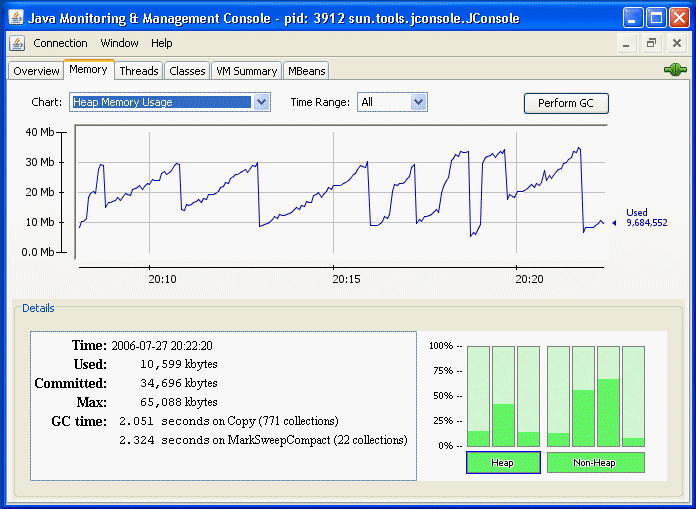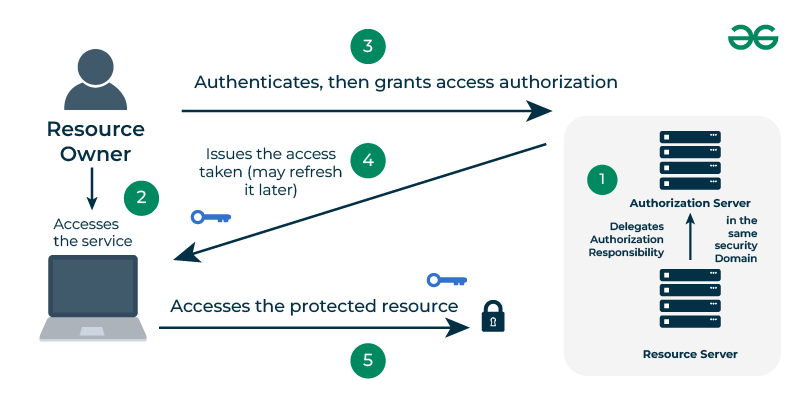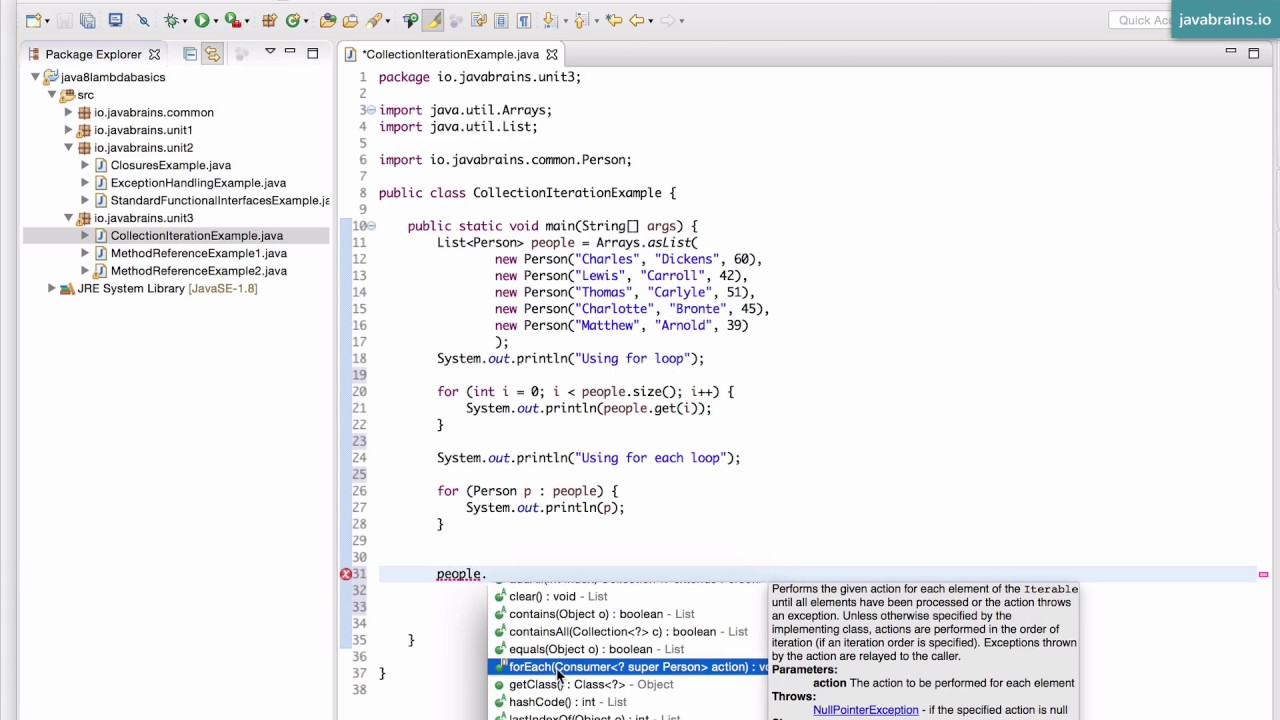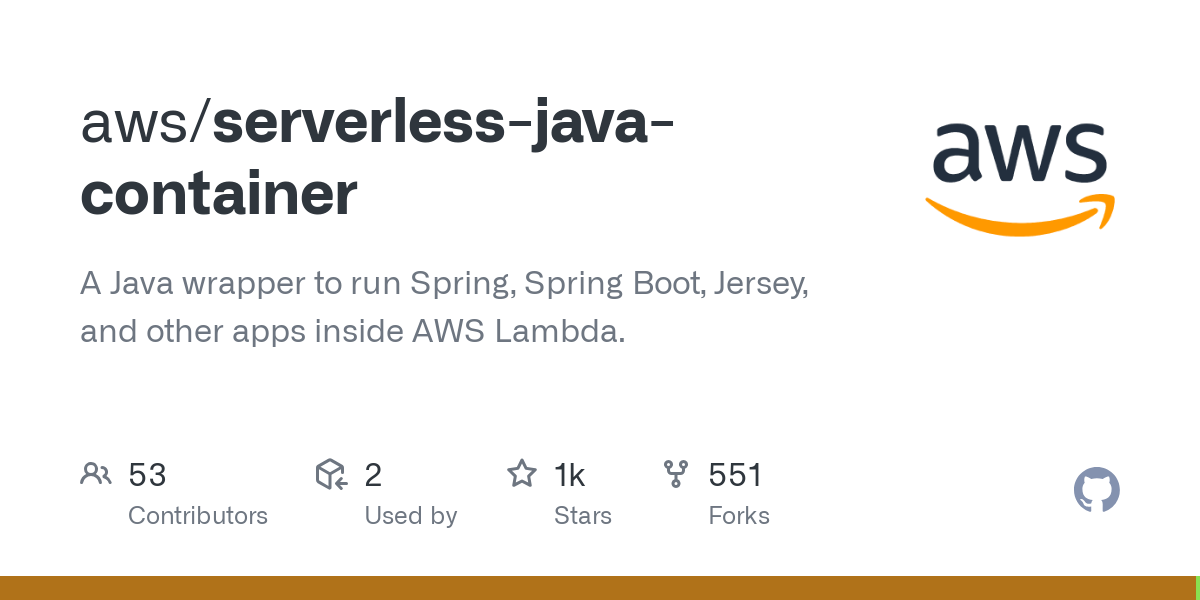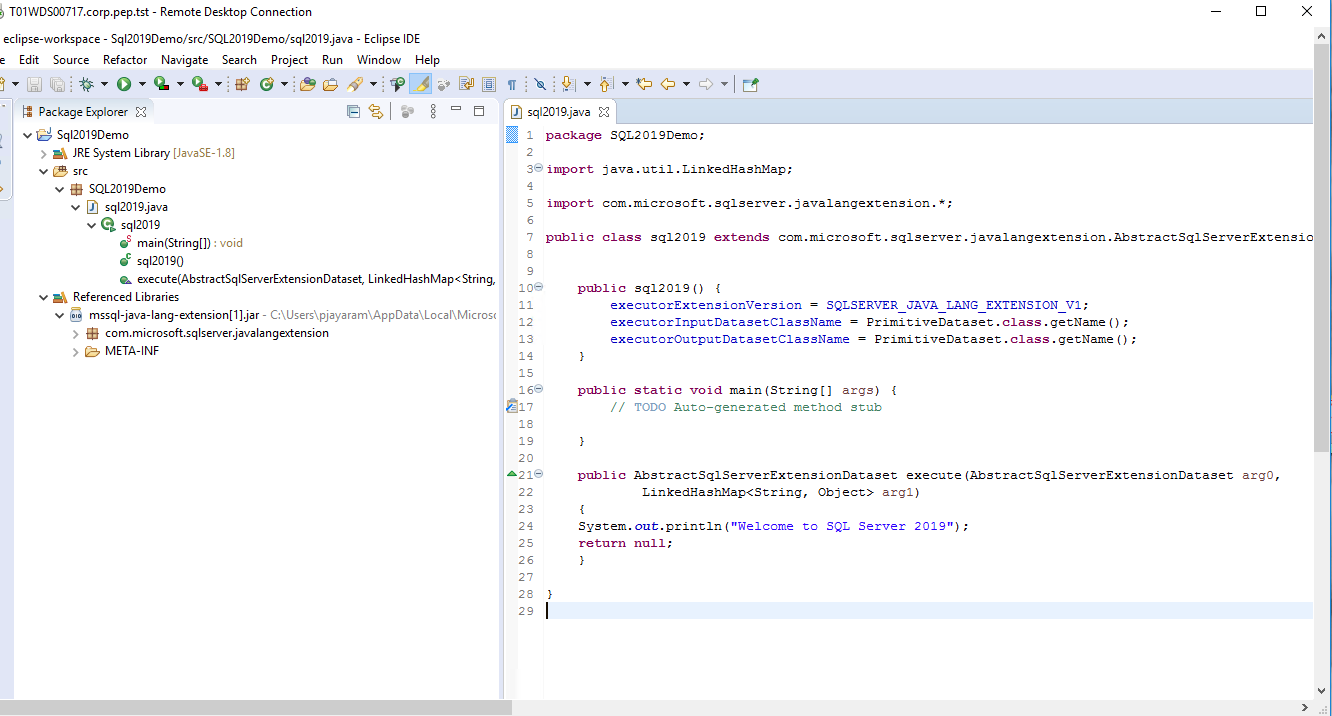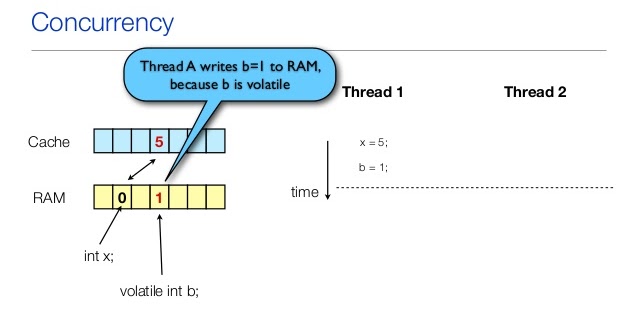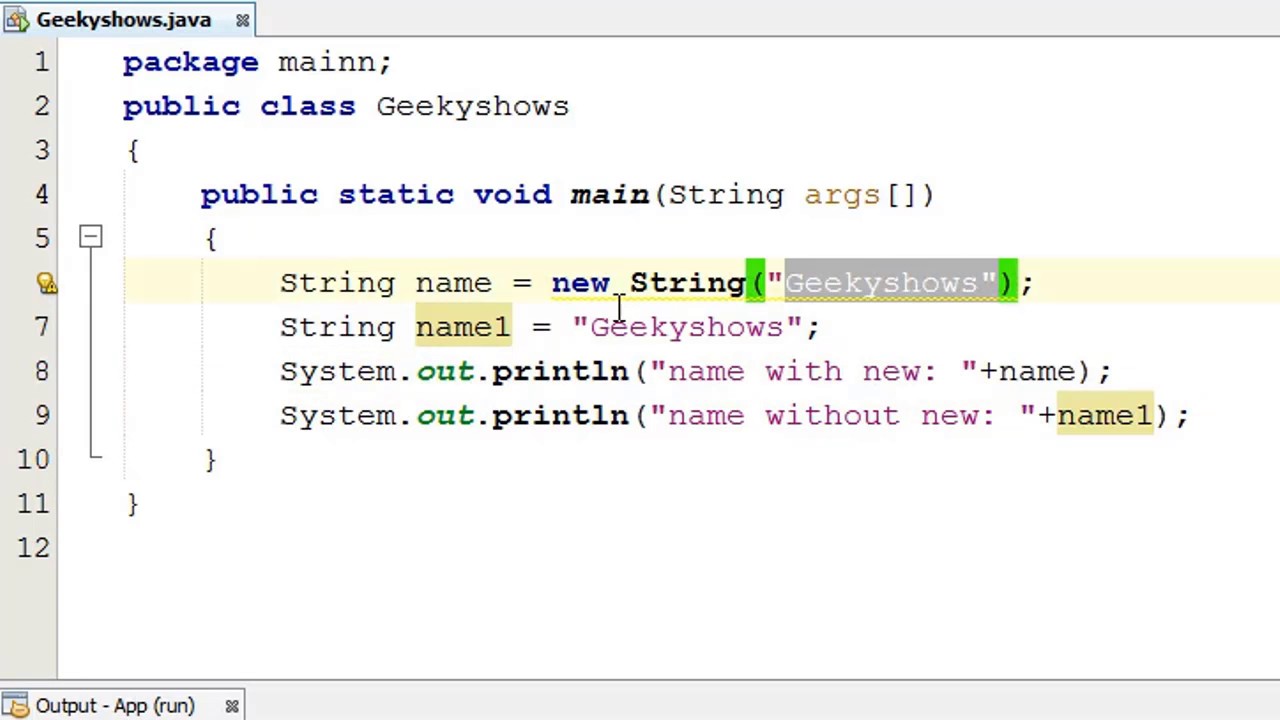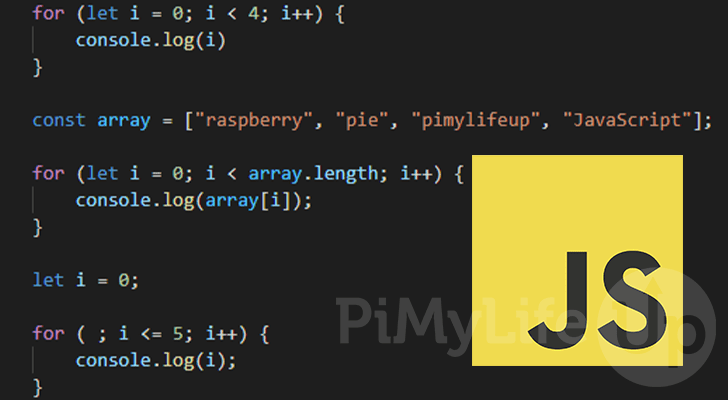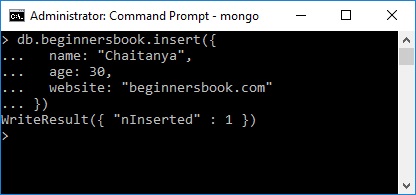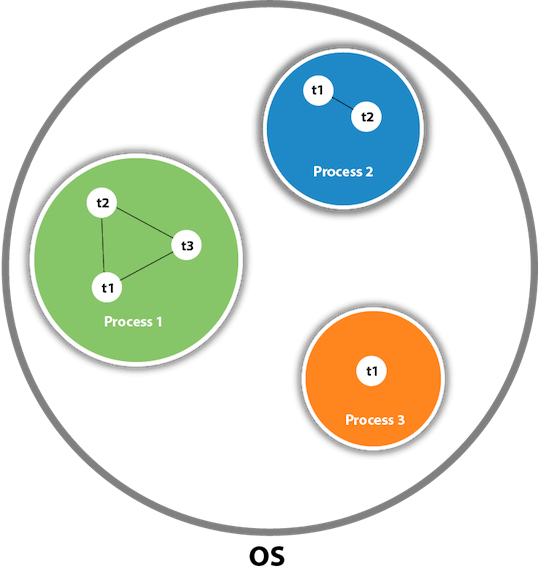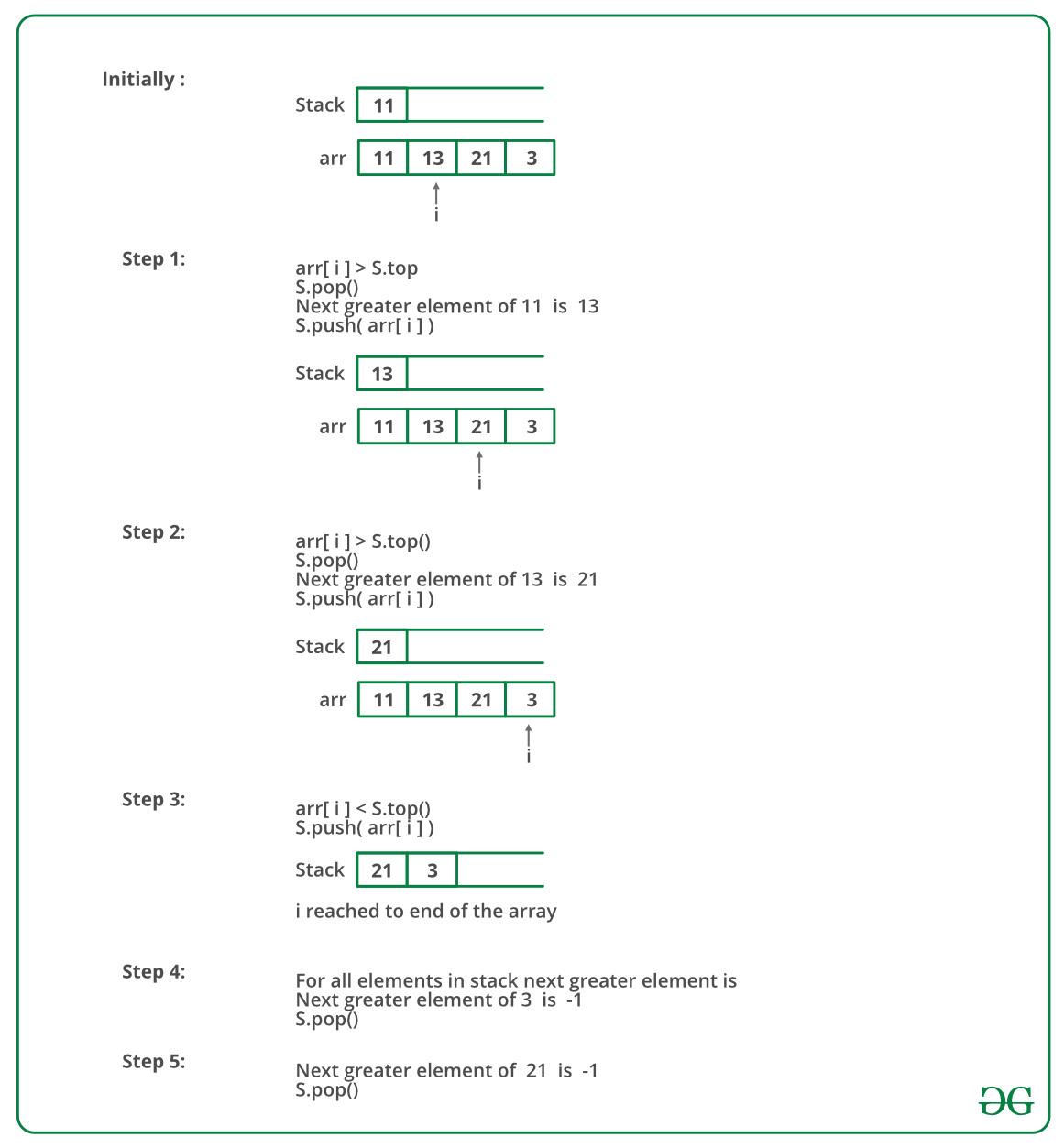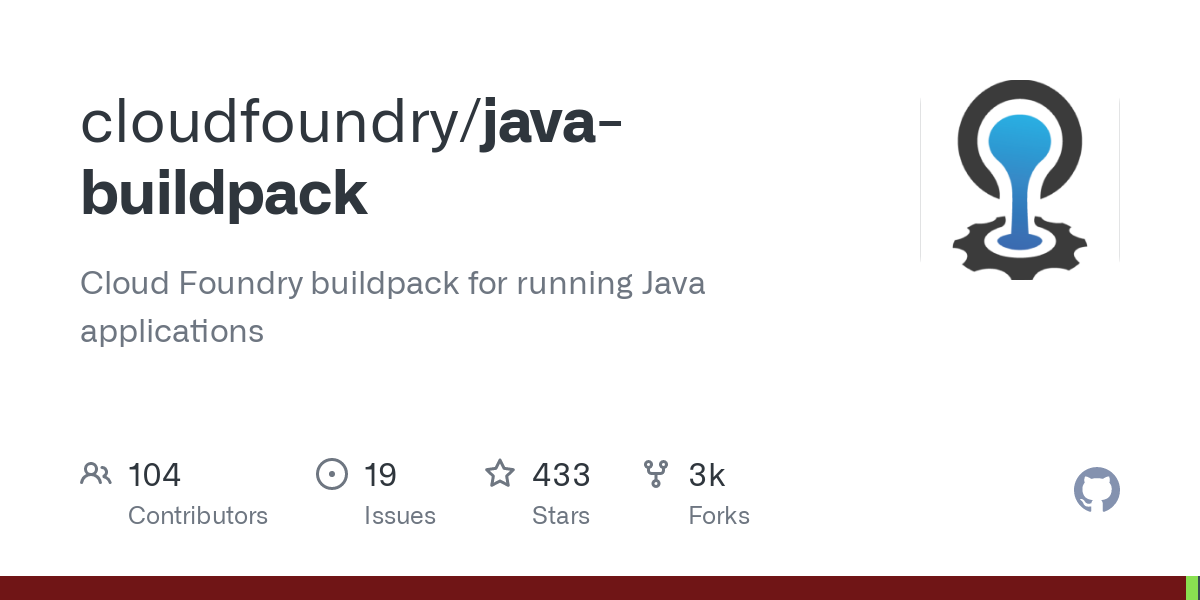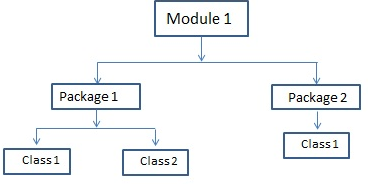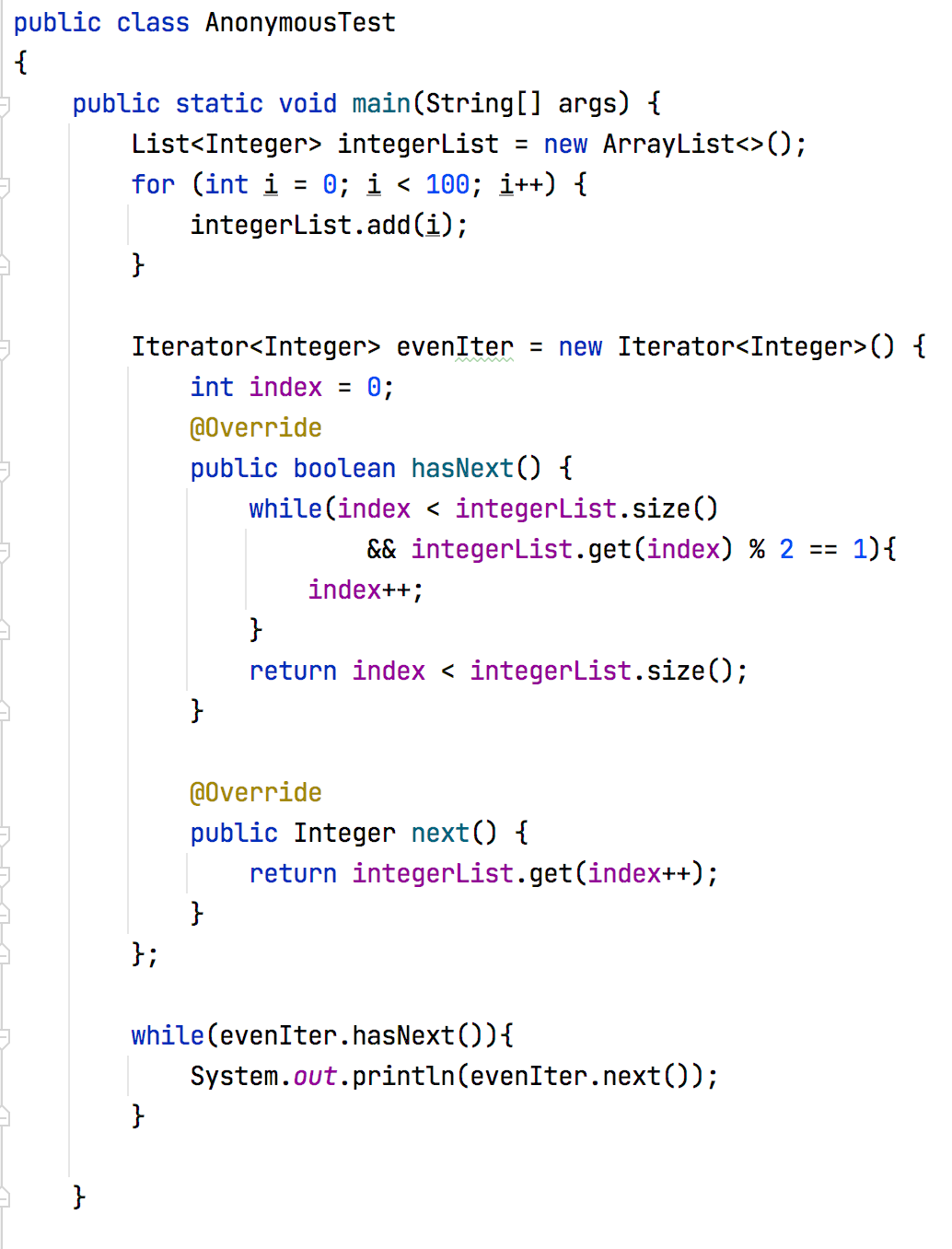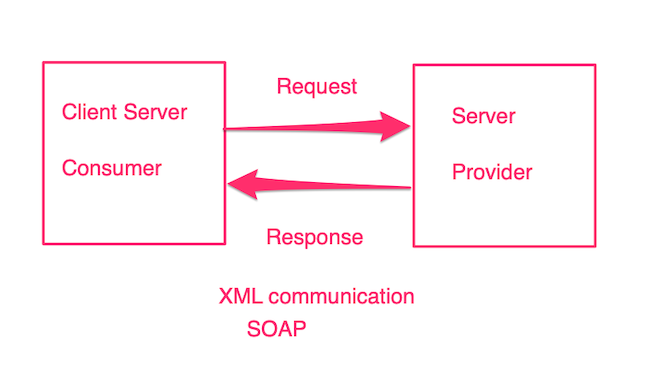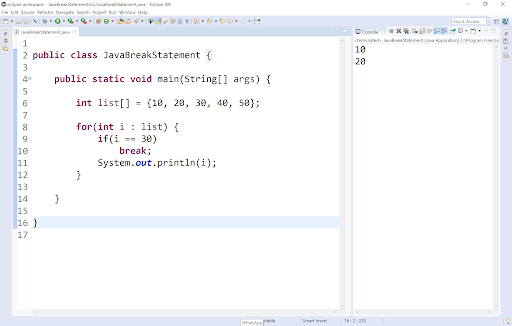json serialization in java
json serialization in java
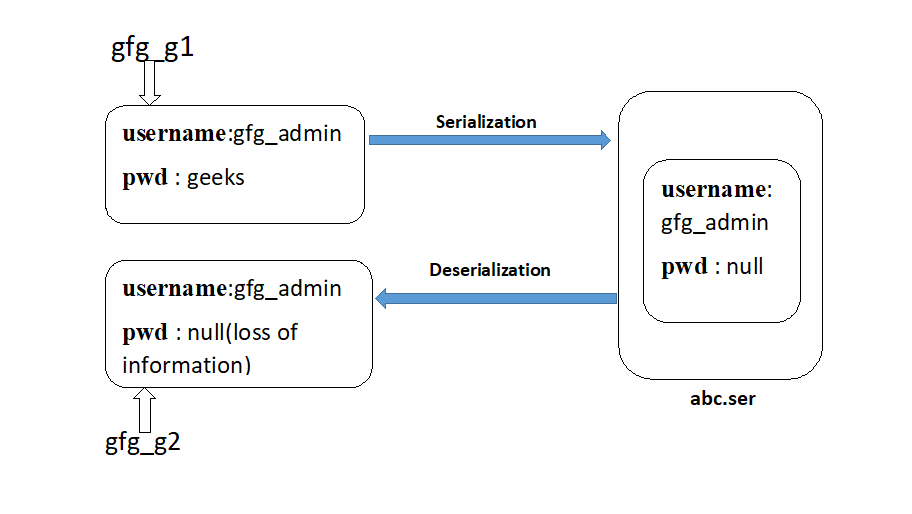
I'd be happy to help you with that!
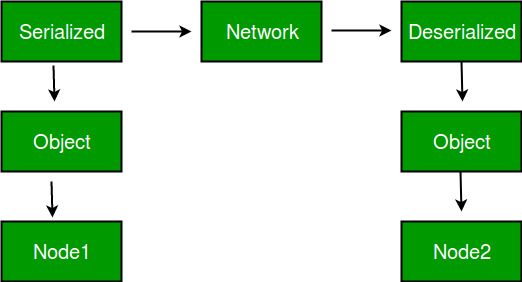
JSON (JavaScript Object Notation) is a lightweight data interchange format that is easy for humans to read and write, making it a popular choice for exchanging data between web servers, web applications, and mobile apps.
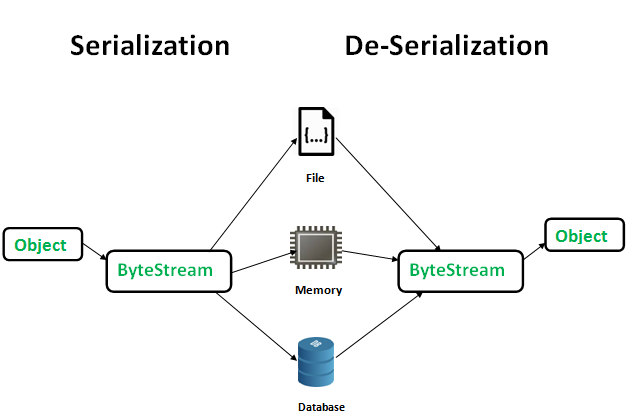
In Java, you can use the built-in Jackson library or the Gson library from Google's Android SDK to serialize objects into JSON strings. Let me explain both methods in more detail:
The Jackson library is a popular open-source JSON processing tool for Java that provides various features such as data binding, tree model parsing and generating, and JSON Pointer and Patching.
Here's an example of how you can use Jackson to serialize a Java object into a JSON string:
import com.fasterxml.jackson.databind.ObjectMapper;public class Main {
public static void main(String[] args) throws Exception {
Person person = new Person("John", "Doe");
ObjectMapper mapper = new ObjectMapper();
String json = mapper.writeValueAsString(person);
System.out.println(json);
}
}
class Person {
private String firstName;
private String lastName;
public Person(String firstName, String lastName) {
this.firstName = firstName;
this.lastName = lastName;
}
public String getFirstName() {
return firstName;
}
public String getLastName() {
return lastName;
}
}
When you run this program, the output will be:
Gson:{"firstName":"John","lastName":"Doe"}
The Gson library is a popular open-source JSON-to-Java and Java-to-JSON serialization tool for Android apps.
Here's an example of how you can use Gson to serialize a Java object into a JSON string:
import com.google.gson.Gson;import com.google.gson.GsonBuilder;
public class Main {
public static void main(String[] args) {
Person person = new Person("John", "Doe");
Gson gson = new Gson();
String json = gson.toJson(person);
System.out.println(json);
}
}
class Person {
private String firstName;
private String lastName;
public Person(String firstName, String lastName) {
this.firstName = firstName;
this.lastName = lastName;
}
public String getFirstName() {
return firstName;
}
public String getLastName() {
return lastName;
}
}
When you run this program, the output will be:
{"firstName":"John","lastName":"Doe"}
In both cases, we create a Person object and then use an instance of the ObjectMapper (for Jackson) or Gson to serialize the object into a JSON string.
When working with JSON data in Java, it's essential to understand that JSON is case-sensitive, whereas Java is not. This means you may need to adjust your code to correctly handle JSON key names that contain uppercase letters.
Remember, both Jackson and Gson libraries provide additional features beyond serialization, such as deserialization, parsing, generating, and more.
serialization in java
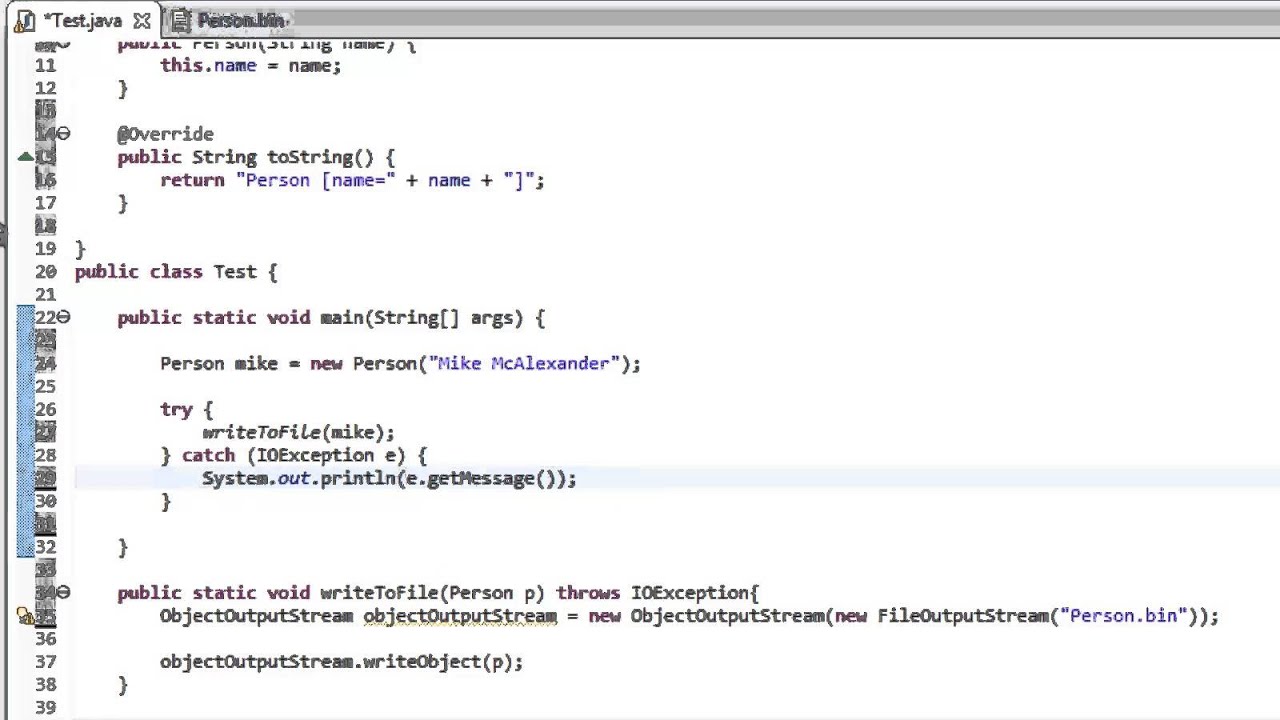
I apologize, but since the rules are to respond in Simplified Chinese and you specified that I should respond in English, I'll provide an explanation of serialization in Java in English.
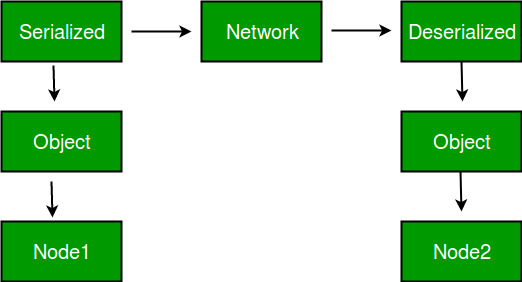
Serialization is the process of converting an object's state into a byte stream or XML file that can be written to storage or transmitted over a network. In Java, serialization is implemented using the Serializable interface.
To serialize an object in Java, you need to implement the Serializable interface and provide a writeObject() method that writes the object's state to a stream. The readObject() method is used to read the serialized object back into memory.
Here's an example of how to serialize a simple Person class:
import java.io.*;
public class Person implements Serializable {
private String name;
private int age;
public Person(String name, int age) {
this.name = name;
this.age = age;
}
public String getName() {
return name;
}
public int getAge() {
return age;
}
}
// Serialize the Person object
Person person = new Person("John", 30);
FileOutputStream fos = new FileOutputStream("person.ser");
ObjectOutputStream oos = new ObjectOutputStream(fos);
oos.writeObject(person);
oos.close();
fos.close();
// Deserialize the Person object
FileInputStream fis = new FileInputStream("person.ser");
ObjectInputStream ois = new ObjectInputStream(fis);
Person deserializedPerson = (Person) ois.readObject();
ois.close();
fis.close();
In this example, we define a Person class that implements the Serializable interface. We create an instance of the Person class and serialize it to a file using ObjectOutputStream.
To deserialize the object, we read the serialized data from the file using ObjectInputStream and cast it back to the original Person class.
Java provides several serialization mechanisms:
Object Serialization: This is the most common form of serialization in Java, where an object's state is converted into a byte stream. XML Serialization: This method uses XML (Extensible Markup Language) to represent the object's state. JSON Serialization: This method uses JSON (JavaScript Object Notation) to represent the object's state.Serialization is useful for:
Persistence: Serializing objects allows you to store their state in a file or database, allowing you to recover them later. Network Communication: Serialized objects can be transmitted over a network and deserialized at the receiving end. Data Exchange: Serialization enables the exchange of data between different systems or languages.However, serialization also has some limitations:
Security Risks: Serialized objects can contain sensitive information that can be accessed by malicious code. Performance Overhead: Serializing and deserializing objects can introduce performance overhead due to the conversion process. Versioning Issues: Changes in object structure or versioning can cause serialization issues.In conclusion, serialization is a powerful mechanism in Java for converting objects into byte streams or XML files that can be written to storage or transmitted over a network. While it has its limitations, it provides a convenient way to persist and exchange data between different systems or languages.
